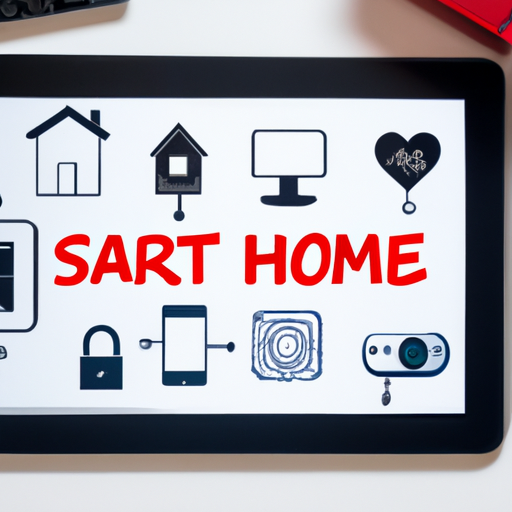As the world increasingly grapples with climate change and pollution, electric vehicles (EVs) are emerging as a viable solution to pave the way for a more sustainable future. Recent studies indicate that the global market for electric vehicles is projected to grow exponentially, as rising fuel costs and technological advancements make EVs more appealing than ever.
The Rise in Popularity of Electric Vehicles
In the past few years, consumer interest in electric cars has soared. According to the latest reports, sales of EVs have surged by over 40% in the last year alone, signaling a significant shift in consumer preferences. Major automakers are investing heavily in producing a wide range of electric vehicles, expanding beyond just sedans to include SUVs and trucks, catering to varying consumer needs.
Benefits of Electric Vehicles
Electric vehicles offer numerous benefits that contribute to their rising popularity:
- Environmental Impact: EVs produce zero tailpipe emissions, which significantly reduces air pollution and greenhouse gas emissions, contributing positively to combating climate change.
- Cost Efficiency: Although the initial cost of purchasing an electric vehicle can be higher than traditional cars, the lower cost of electricity compared to gasoline, along with reduced maintenance costs, makes EVs an economical choice in the long run.
- Incentives and Tax Rebates: Many governments are offering tax credits and incentives to encourage consumers to switch to sustainable transportation, making the transition to EVs even more appealing.
Challenges Ahead
Despite their benefits, electric vehicles still face several challenges, including the need for a robust charging infrastructure and range anxiety among consumers. However, with ongoing advancements in green technology, such as faster charging stations and improved battery life, these hurdles are gradually being addressed.
The Future of Electric Vehicles
The future of electric vehicles looks promising as more individuals and businesses recognize the importance of moving towards sustainable transportation. With continuous innovation and support from both consumers and governments, EVs are set to transform the automotive industry significantly.
In conclusion, electric vehicles represent a crucial step towards a sustainable future. As we continue to embrace green technology, it is essential for all of us to consider our options and join the EV revolution.
Stay updated on the latest developments in the world of electric vehicles by subscribing to our newsletter!













